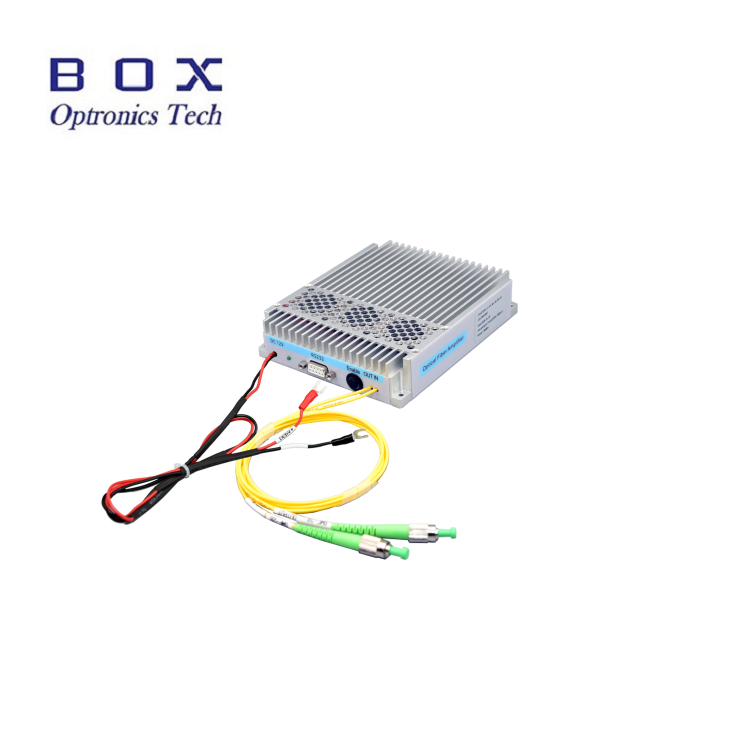
Definition and Operating Principle of ASE Low-Coherence Light Sources:
ASE light sources are based on a fiber gain medium doped with rare-earth ions. Pump lasers stimulate high-energy particle transitions, generating spontaneously emitted photons. As these photons propagate through the fiber, they are continuously amplified through stimulated emission, ultimately producing a continuous, broadband light output. The core mechanism is the process of "amplified spontaneous emission": pump light (such as a 980nm semiconductor laser) injected into an erbium-doped fiber causes the erbium ions to transition from their ground state to a higher energy level, subsequently releasing photons as spontaneous emission. Due to the long fiber length, the photons are repeatedly absorbed and re-emitted by other erbium ions during transmission, gradually extending their wavelengths toward longer wavelengths, ultimately forming a broadband spectrum covering the C-band (1530-1565nm) or L-band (1565-1625nm).
Applications of ASE Low-Coherence Light Sources
1. Fiber-optic Sensing and Testing
Fiber-optic Gyroscopes: The low coherence of ASE light sources can suppress nonlinear effects, improving the accuracy and stability of inertial navigation systems. Wavelength Division Multiplexing (WDM) Device Testing: Broadband light sources cover multiple communication bands, supporting simultaneous testing of multi-channel insertion loss, isolation, and OSNR (Optical Signal-to-Noise Ratio).
Fiber Bragg Grating Sensors: Broadband light output can simultaneously excite multiple gratings, enabling distributed temperature and strain sensing.
2. Biomedical Imaging
Optical Coherence Tomography (OCT): The broadband characteristics of ASE light sources provide high axial resolution (typically better than 10μm), making them suitable for non-invasive imaging in fields such as ophthalmology and dermatology.
Fiber Endoscopes: Low-coherence light reduces tissue scattering noise and improves image contrast.
3. Industrial Inspection and Material Analysis
Gas Sensing: 2.1μm ASE light sources can be used for spectral absorption detection of gases such as methane and carbon dioxide, with sensitivity better than 1ppm.
Material Stress Analysis: By monitoring the wavelength drift of fiber Bragg gratings (FBGs), real-time measurement of internal stress in materials can be achieved.

Copyright @ 2020 Shenzhen Box Optronics Technology Co., Ltd. - China Fiber Optic Modules, Fiber Coupled Lasers Manufacturers, Laser Components Suppliers All Rights Reserved.